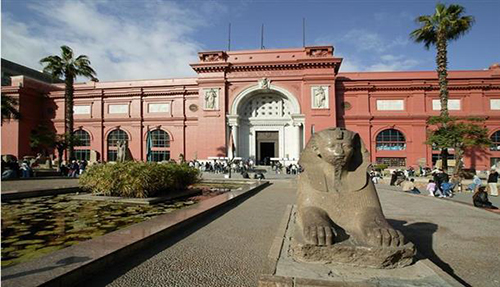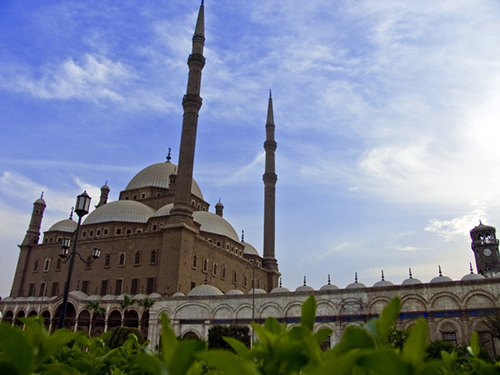Cairo
Description
Your guide will accompany you from your hotel to visit the Egyptian museum of Antiquities, which houses the world’s largest, most precious, and rare collection of genuine artifacts, over 250,000 piece are displayed dating back to 5000 years including an exhibit of the treasure collection of king Tutankhamen that had been sealed in his tomb for more than 3500 years and undiscovered until the early 20th century. After a stop for lunch at a local restaurant, the tour continues to Salah El Din Citadel which was constructed to protect Cairo and Fustat from Crusaders and unite them as one front. Inside the citadel you will get to visit the Alabaster mosque of Mohamed Ali. The tour will end by a drive to Khan El Khalil Grand bazaar.
Gallary
Highlights
- Free hotel pickup and drop-off included
- Lunch included
- Led by a qualified Egyptologist
What You Can Expect
This tour combines the different eras of Cairo, starting with the Egyptian Museum, which holds more than 250,000 piece, most of them are from the ancient Egyptians. Then you'll travel through the time to discover the middle ages in Cairo and Egypt in the Citadel, until you arrive to the modern history which was started by Mohamed Ali Pasha. Although you'll experience the dealing and bargaining with local sellers at Khan El Khalili bazzar, where you can buy some souvenir for yourself, family and friends to remember your fantastic adventure in Cairo. The itinerary of your tour includes the following sights and will include lunch in-between then drive back to the hotel, all in air conditioned vehicles.
The Egyptian Museum in Cairo contains the world's most extensive collection of pharaonic antiquities; no visit to Egypt is complete without a trip through its galleries. The original collection was established in the late 19th century under Auguste Mariette and housed in Boulaq, before being transferred in 1902 to the current building at Tahrir Square, which is the first purpose-built museum edifice in the world.
The Citadel of the Mountain (Qal‘at al-Jabal) in Cairo is one of the major works of military architecture of the middle ages. Situated on a spur that was artificially cut out of the Muqattam Hills, the Citadel dominates the city of Cairo and turns its back to the rocky hills and the desert behind. Founded by Salah al-Din al-Ayyubi (Saladin) in 1176 AD, the Citadel was a sign of the coming of a new regime whose roots were foreign and tastes were military
The mosque of Mohamed Ali was built on the site of old Mamluk buildings in Cairo's Citadel “Citadel of Saladin” between 1830 and 1848, although not completed until the reign of Said Pasha in 1857. The architect was Yusuf Bushnak from Istanbul and its model was the “Yeni Mosque” in that city. The ground on which the mosque was erected was built with debris from the earlier buildings of the Citadel.
The site of Khan el-Khalili was originally the site of the mausoleum known as the turbat az-za'faraan (Saffron Tomb) which was the burial site of the Fatimid caliphs. Then it was transferred to the main market of Cairo in the reign of Barquq. Today the Khan el Khalili is mainly occupied by Egyptian rather than foreign merchants and shop holders, but is significantly geared towards tourists. Shops typically sell souvenirs, antiques and jewelry, but many traditional workshops continue to operate in the surrounding area and the goldsmiths' souq, for example, is still important for locals.





